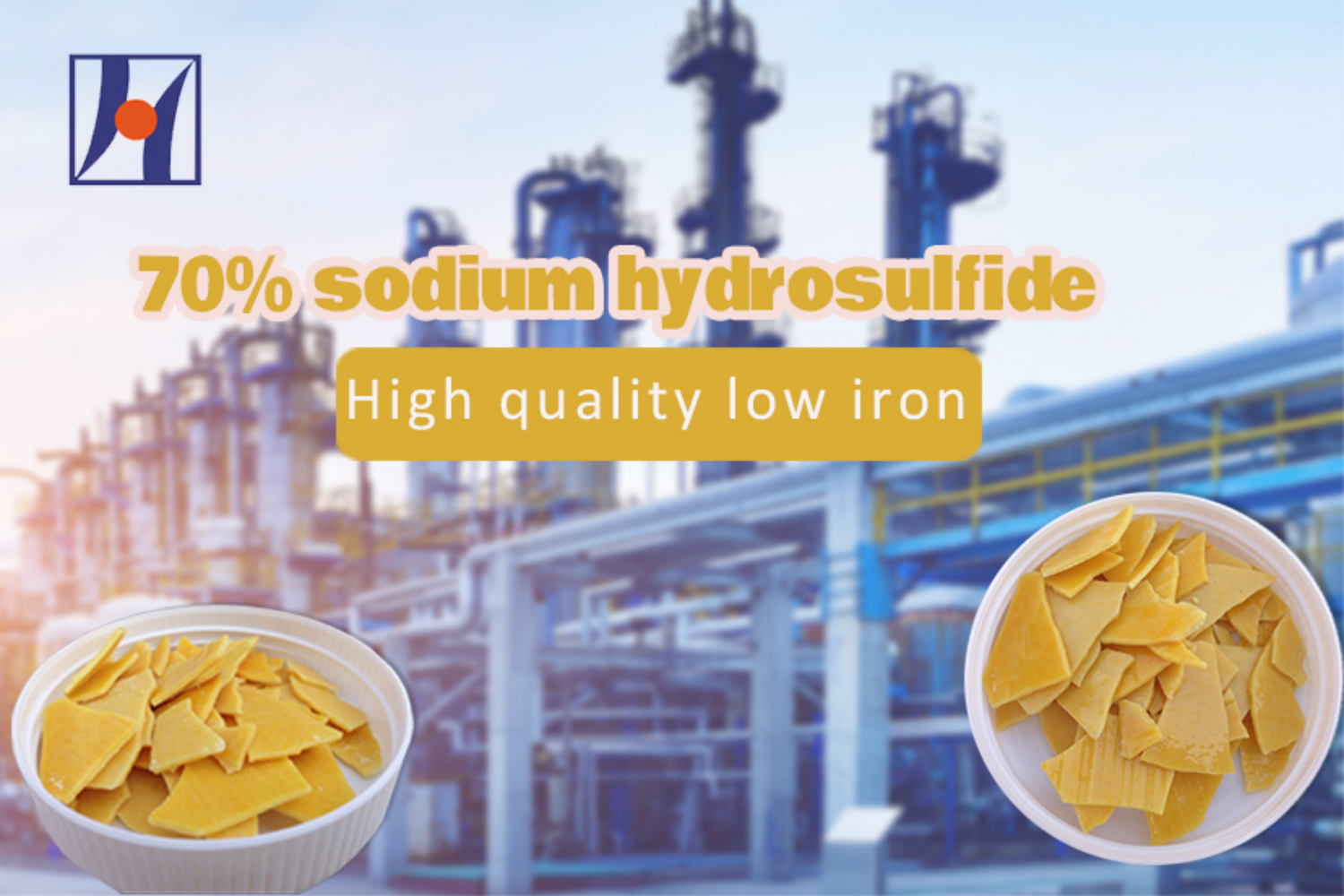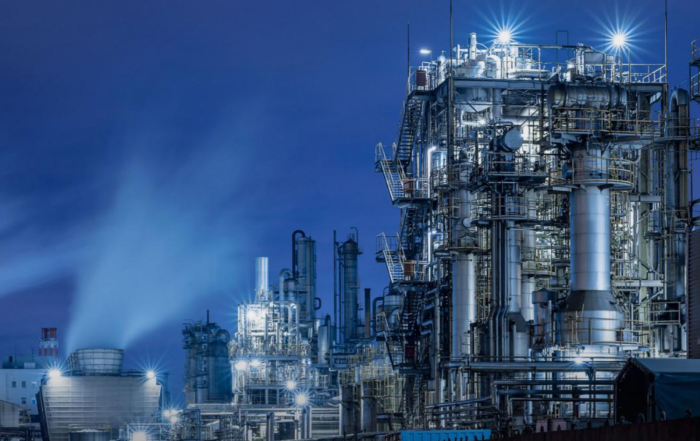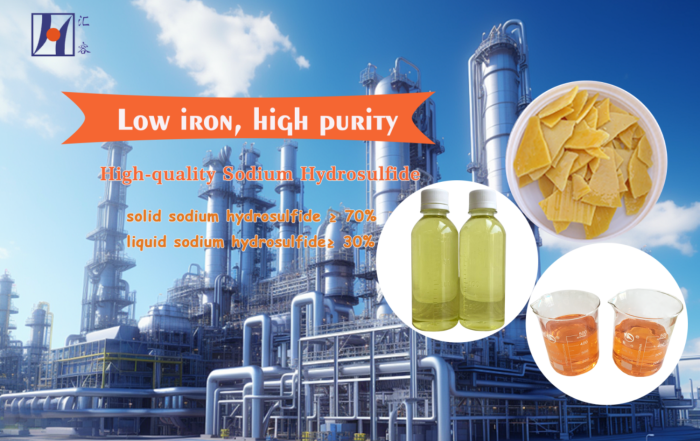Dangerous chemicals are toxic, harmful, flammable, and explosive. Improper storage can lead to safety accidents. Hazardous chemical storage facilities should be equipped with lightning protection, anti-static, waterproof, ventilation, explosion-proof, monitoring and alarm facilities and equipment according to the characteristics of hazardous chemical storage, and safety management should be done well.
The Warehouse Should Be Equipped With Explosion-proof Facilities:
Electrical equipment, power transmission and distribution lines, and loading and unloading machinery tools in warehouses storing flammable and explosive hazardous chemicals should be of explosion-proof type that meets the requirements. When using metal pipes for electrical wiring, threaded connections such as metal pipes and junction boxes should be securely fastened. In places where wiring is difficult to bend, explosion-proof flexible hoses can be used for connection. Lightning and anti-static facilities
The Warehouse Should Be Equipped With Lightning And Anti-static Facilities:
A grounded human electrostatic discharge device should be installed outside the entrance of the warehouse storing flammable and explosive hazardous chemicals. Warehouse exhaust fans, metal shelves, etc. should be equipped with grounding devices to remove static electricity. The lightning and anti-static devices should be in good condition and regularly tested to be qualified.
The Warehouse Should Monitor Alarm Facilities:
Places that generate combustible and toxic gases in the warehouse should be equipped with combustible and toxic gas detectors, and alarm signals should be sent to manned control rooms for display and alarm. Gas alarm devices should be regularly verified or calibrated by qualified institutions.
The Warehouse Should be Equipped With Ventilation Facilities:
Flammable liquid and flammable gas warehouses should be equipped with emergency forced exhaust systems, explosion-proof exhaust fans installed, and exhaust pipes made of metal pipes that should directly lead to safe outdoor locations.
The Warehouse Should be Equipped With Spill Prevention Facilities:
Facilities to prevent liquid dispersion should be installed in Class A, B, and C liquid warehouses. Measures to prevent water immersion should be taken when storing items that burn and explode in the presence of moisture.
The Warehouse Should Be Equipped With Fire Protection Facilities:
The hazardous chemical warehouse should be equipped with fire extinguishing equipment that meets standard requirements. Fire hydrants, automatic sprinkler systems, and smoke exhaust outlets should not be obstructed, and the fire exits should be ensured to be unobstructed.




